Diving into Unique Spices Used in Papua New Guinea Cooking
11 min read Explore the unique spices shaping Papua New Guinea's vibrant culinary landscape and discover authentic flavors used in local delicious dishes. June 19, 2025 00:05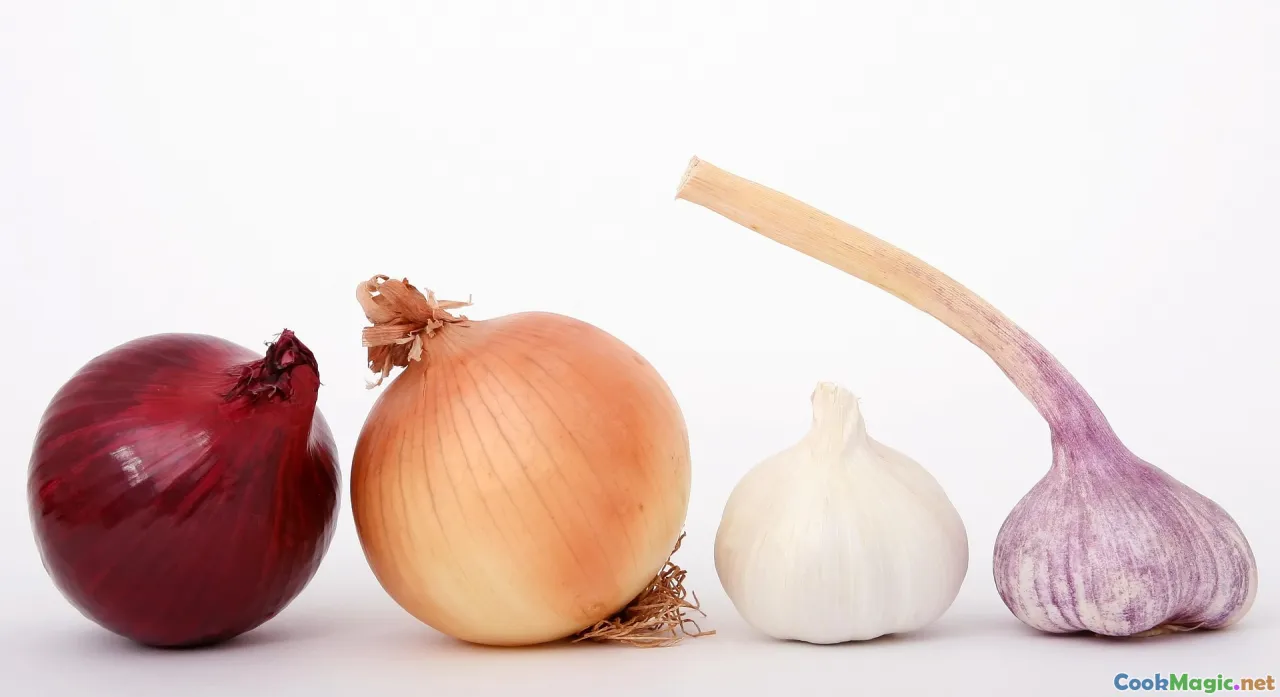
Diving into Unique Spices Used in Papua New Guinea Cooking
Imagine the lush, emerald embrace of dense rainforests, where fragrant herbs drift on a warm breeze, and the air itself seems to pulse with potent, earthy aromas. Papua New Guinea (PNG), an island nation cradled between the Coral Sea and the Pacific Ocean, boasts a diverse culinary heritage that is as vibrant and textured as its mosaic of cultures. Amidst this culinary tapestry, spices are not merely flavorings—they are storytellers, carriers of history, symbolic gestures, and expressions of local identity.
In this journey, we delve deep into the aromatic wonders of PNG’s unique spices, uncovering their origins, uses, and the cultural nuances that make them truly one-of-a-kind. These spices, often sourced directly from the land and the sea, transform humble ingredients into multisensory experiences that resonate with history, tradition, and community.
The Spirit of Spice in PNG: An Ethnolinguistic Tapestry
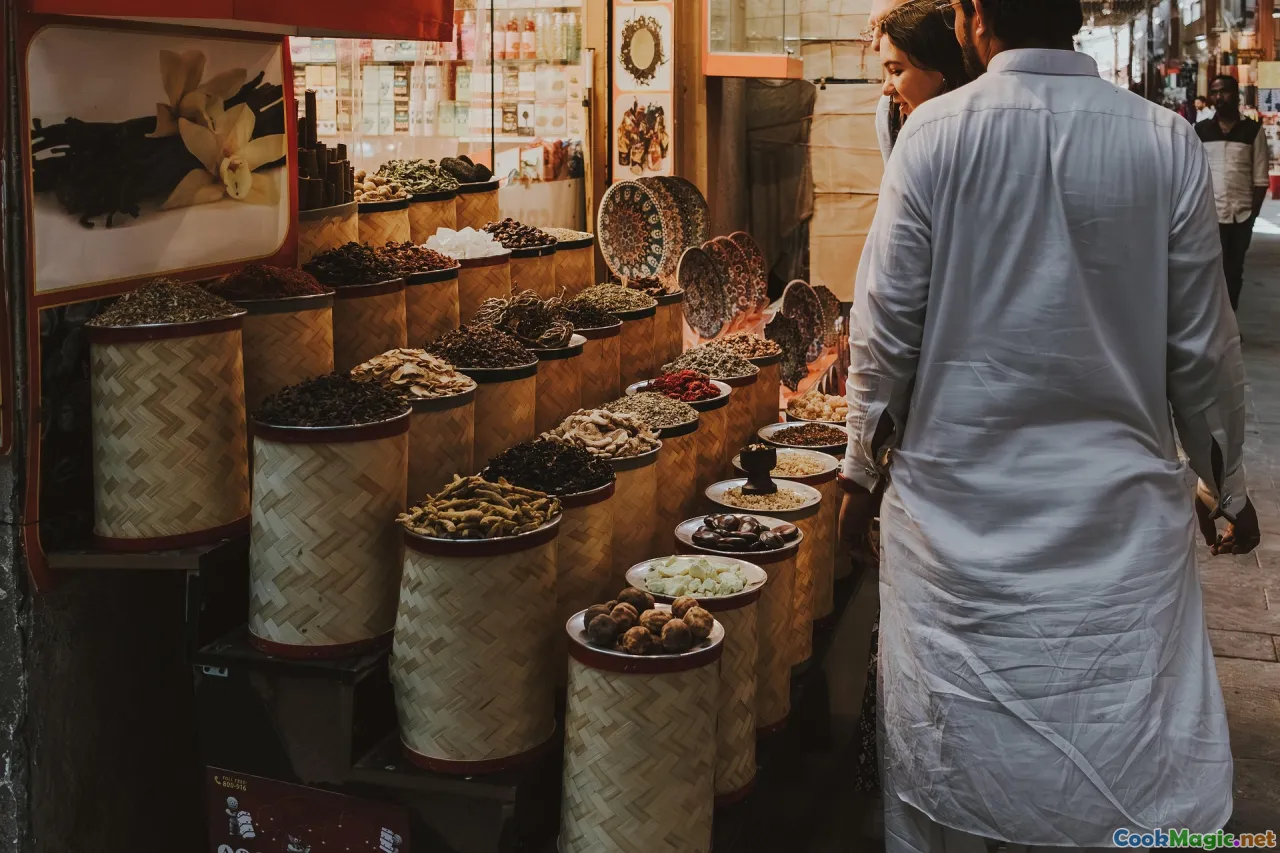
Papua New Guinea’s incredible diversity of over 850 indigenous languages reflects a rich mosaic of storytelling, customs, and culinary practices. Spices play a vital role in this cultural fabric. They are deeply intertwined with rituals, healing practices, and communal celebrations. Visiting a local market—vivid with azure baskets brimming with fragrant herbs and bright powders—reveals how integral spice is to daily life.
From the mountainous highlands of Enga to the coastal villages along the Sepik River, locals often cultivate their own spice gardens—feeding their families with fresh, aromatic ingredients and sharing the surplus as offerings in communal feasts. These practices underline a spiritual connection to the land, imbuing each spice with meaning that transcends flavor alone.
Unique Spices and Their Stories
1. Teng-teng Nuts (Kanaga Nuts)
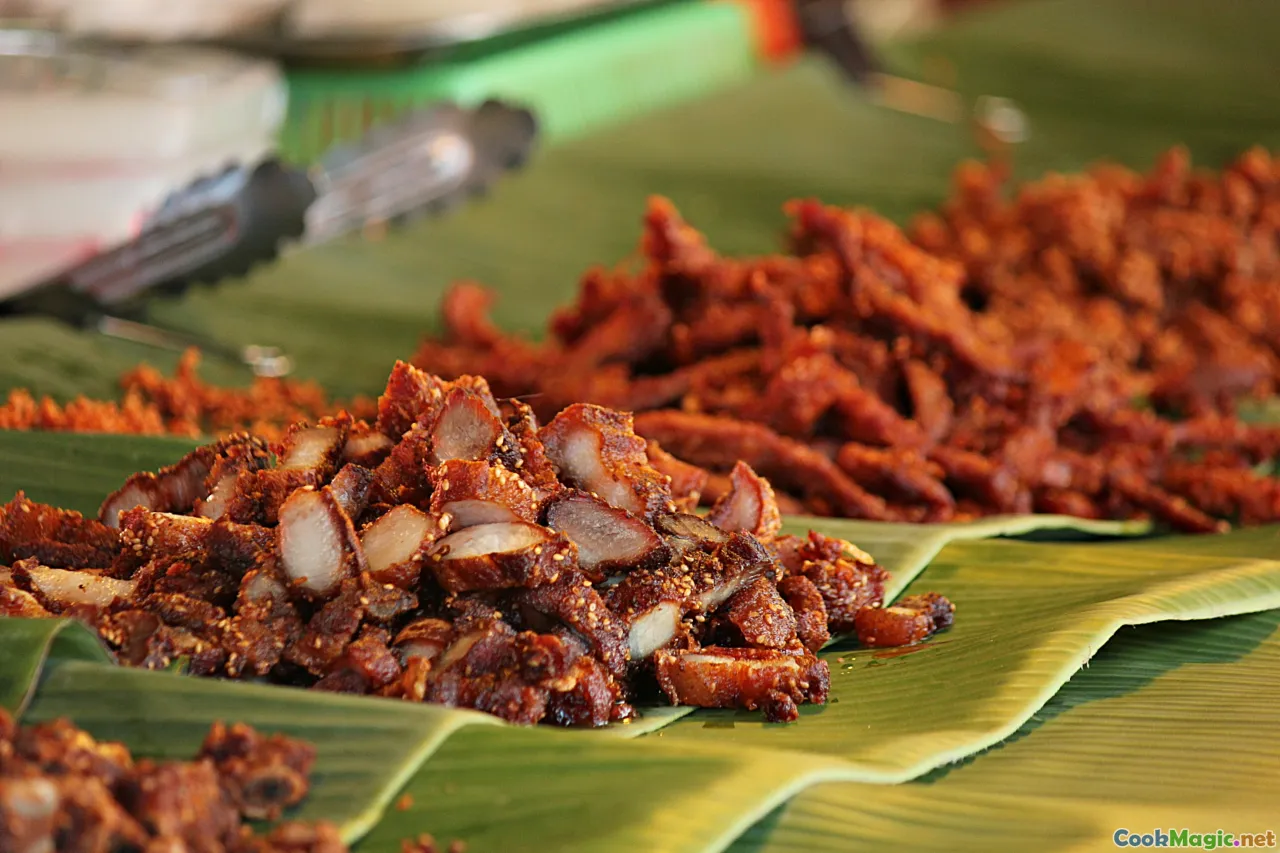
teng-teng nuts, technically not a spice but often used as one, have a distinct nutty aroma with a subtle hint of bitterness. Ground into a paste or toasted and presented whole, they add depth to savory dishes like stews and marinades. Indigenous communities believe teng-teng enhances endurance and vitality—often included in rituals for warriors or during initiation ceremonies.
2. Kovo (Kava-root spice mixture)
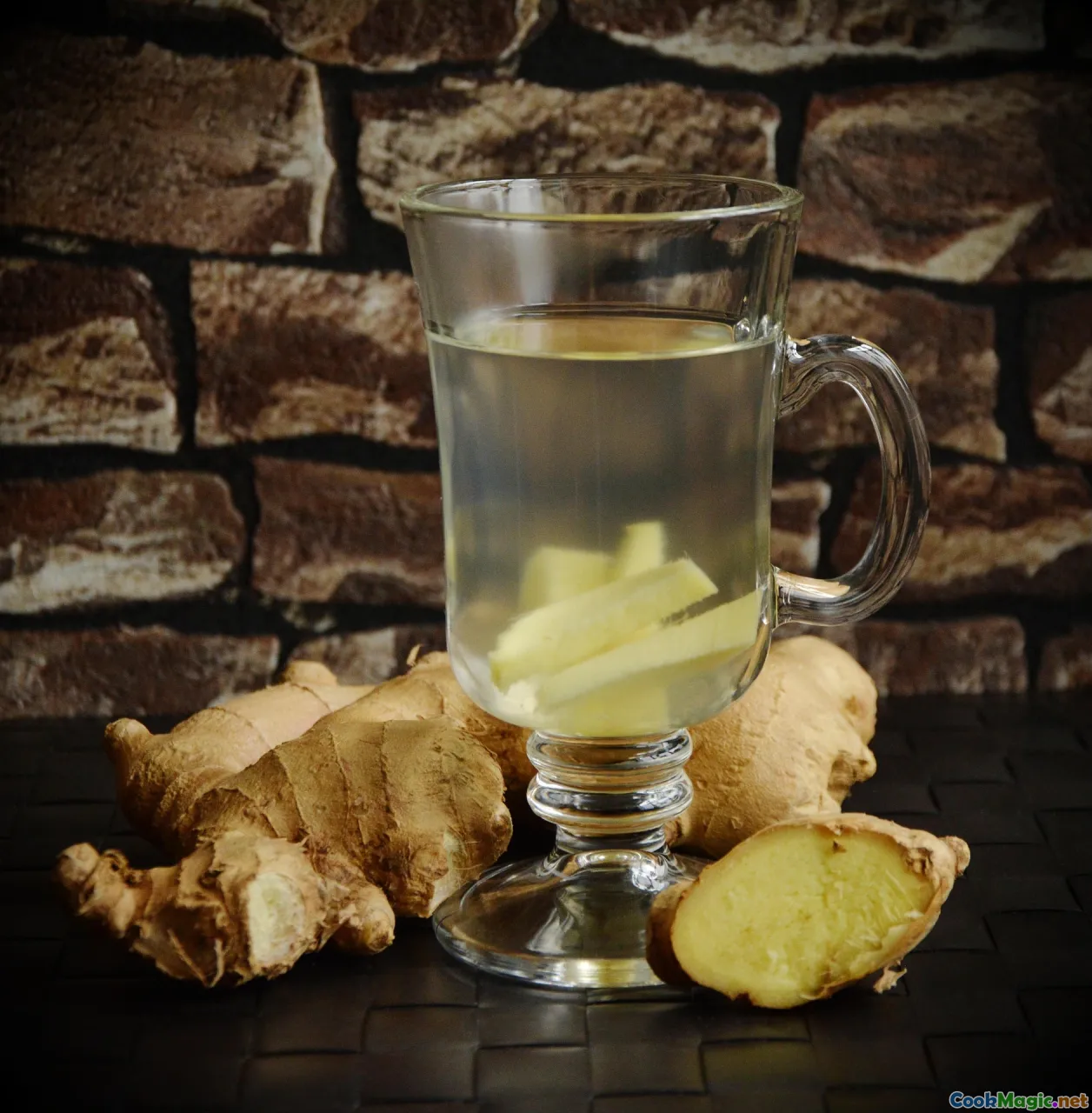
While primarily famed as a ceremonial beverage, kavo—derived from the kava root—also finds its way into food. Ground kava is mixed into dishes to impart a slightly earthy, peppery undertone. The root’s calming properties mirror its cultural significance: sharing kava in communal settings reinforces social bonds and spiritual harmony. It’s a spice that embodies peace, unity, and tradition.
3. Betel Nut & Lime
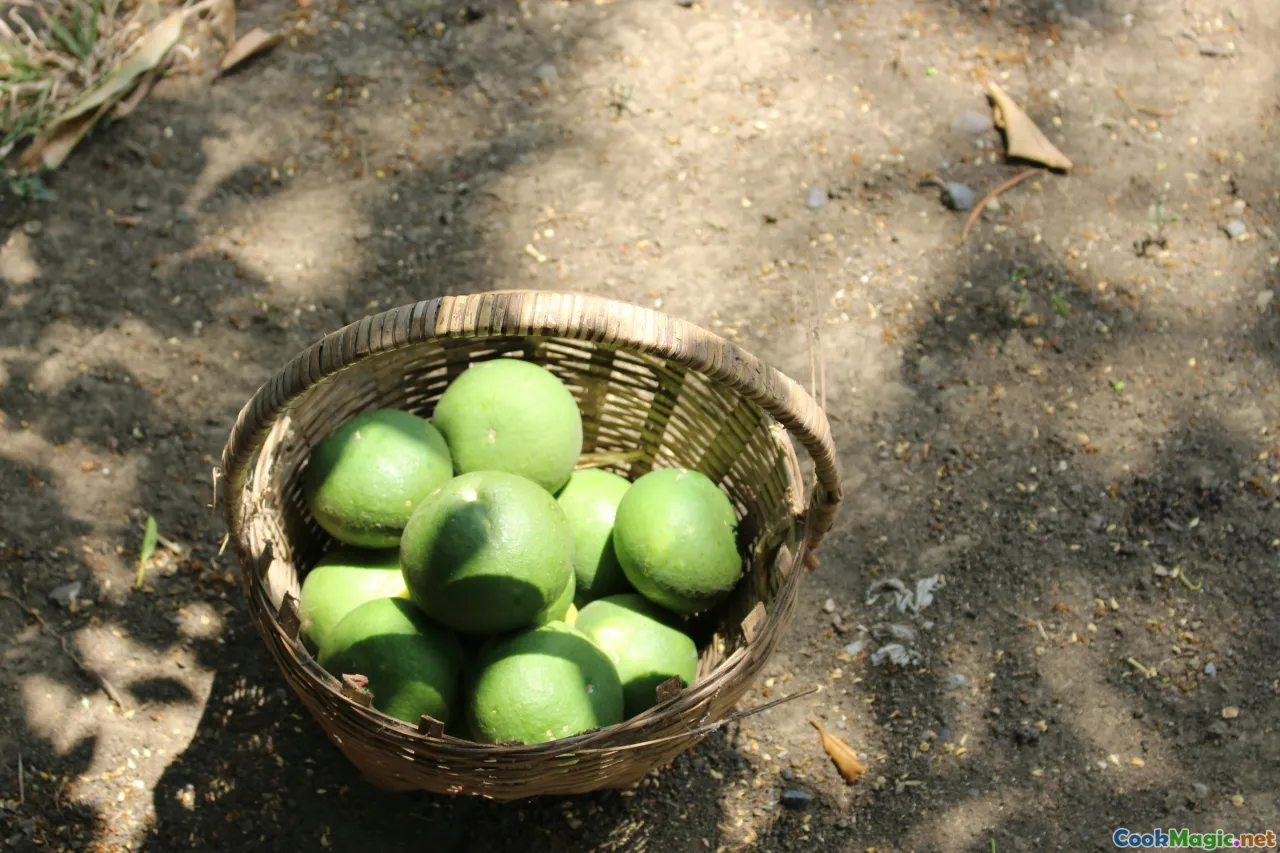
Although not a spice per se, the combination of betel nut with slaked lime and often peppercorns creates a stimulating, aromatic experience. Chewing betel is a ritual woven into everyday life, blessing social gatherings with a burst of warmth, slight numbing, and a crimson-stained smile. The aromatic lime amplifies the spice-like kick, adding sharpness to the profile.
4. Peppercorns (Piper Nigrum)
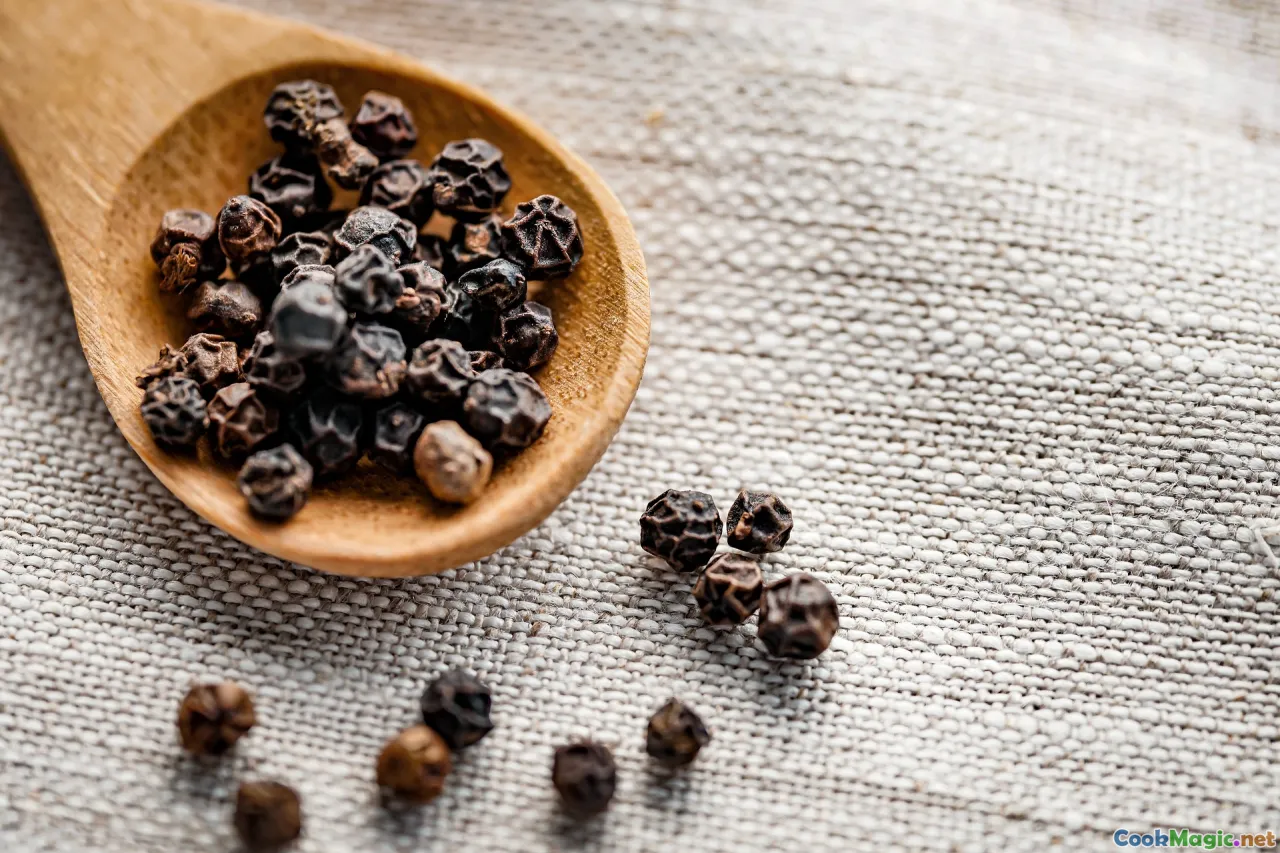
PNG farmers cultivate high-quality black pepper, which offers bold, pungent heat and a complex floral aroma. Peppercorns are often freshly ground over fish curries or coconut rice, where the fiery bite perfectly complements the oceanic freshness of the dishes. Because PNG’s pepper is intense and aromatic, it’s treasured locally and sought after in regional markets.
5. Sago Berries & Wild Seeds
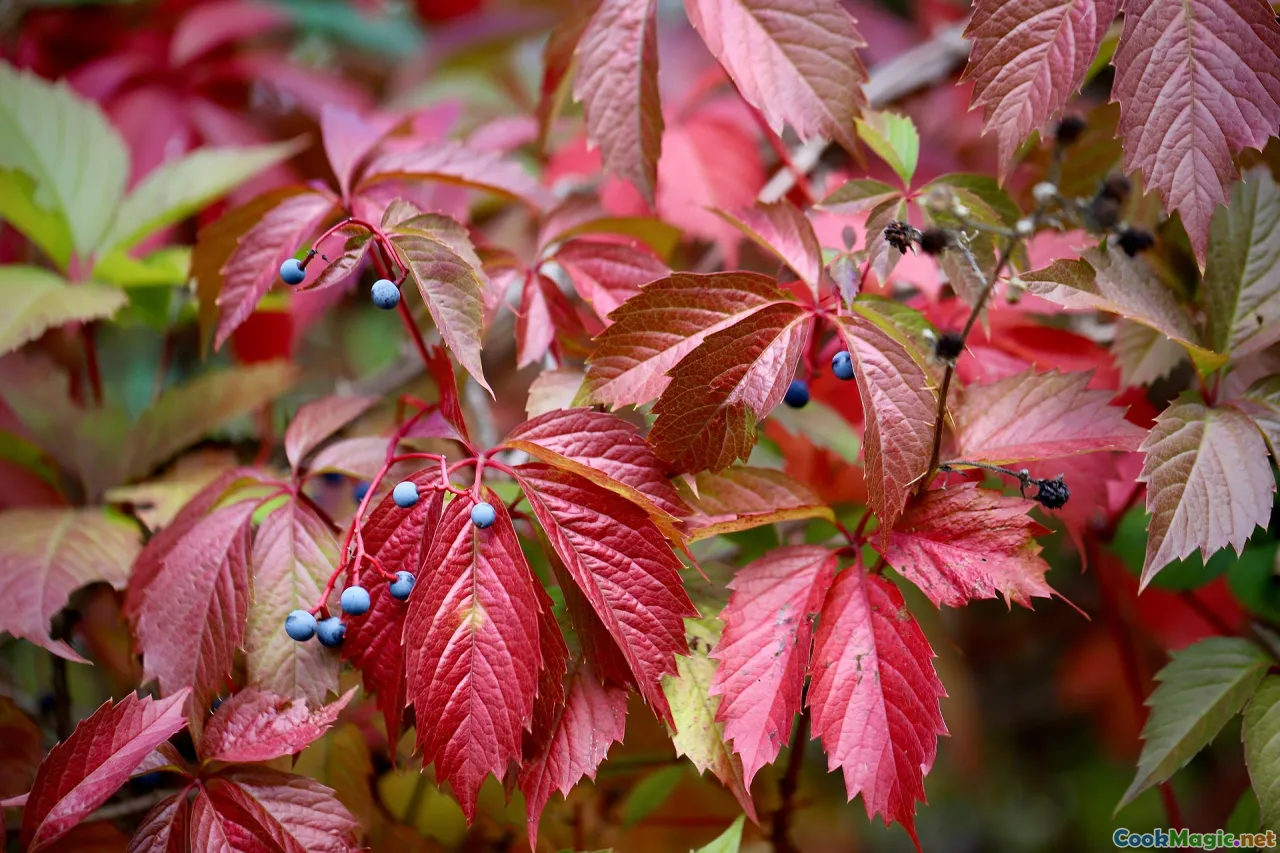
Foraged spices and seeds are a hallmark of PNG cooking. Sago berries contain tiny, peppery seeds that add a piquant note to soups and stews. Some tribes harvest wild seeds such as pandanus nuts and betel pepper, using them to spice up traditional dishes like stews or roasted meats. These foraged ingredients link ancestors’ knowledge to modern palate practices.
The Art of Using PNG Spices: Practical Tips and Traditional Techniques

Mastering Papua New Guinean spices involves more than just adding seasoning—it’s about respecting traditional techniques and understanding their cultural context. Here are some insights:
- Grinding & Pounding: Many spices are best preserved in their raw form; grinding them fresh releases essential oils and aromatics. Use a mortar and pestle made from locally available stone—such as basalt—to crush peppercorns or teng-teng nuts.
- Tosting: For a more intense flavor, dry roast spices like teng-teng nuts or wild seeds until fragrant, then crush to release deeper flavors.
- Infusion: Incorporate spices into coconut milk or broth to maximize their aroma, a common practice in PNG kitchens.
- Saturate & Marinate: Spices like kava and pepper can be used in marinades to tenderize and flavor meats or seafood, and are often left to soak, marrying spice and ingredient.
Comparing PNG Spices to Global Counterparts

While PNG’s spices share similarities with Southeast Asian, Pacific Island, and even African culinary ingredients—such as peppercorns or betel—they possess distinctive qualities rooted in their environment and cultural practices. Take the pungency of PNG black pepper—more aromatic and intense than typical Indian varieties—or the floral notes of teng-teng nuts, which aren’t commonly used elsewhere.
The integration of wild, foraged ingredients also sets PNG’s spice palette apart from more commercialized spice blends. This reliance on fresh, locally-sourced ingredients ensures every dish bears a fingerprint of place and community.
Personal Insights and Culinary Traditions
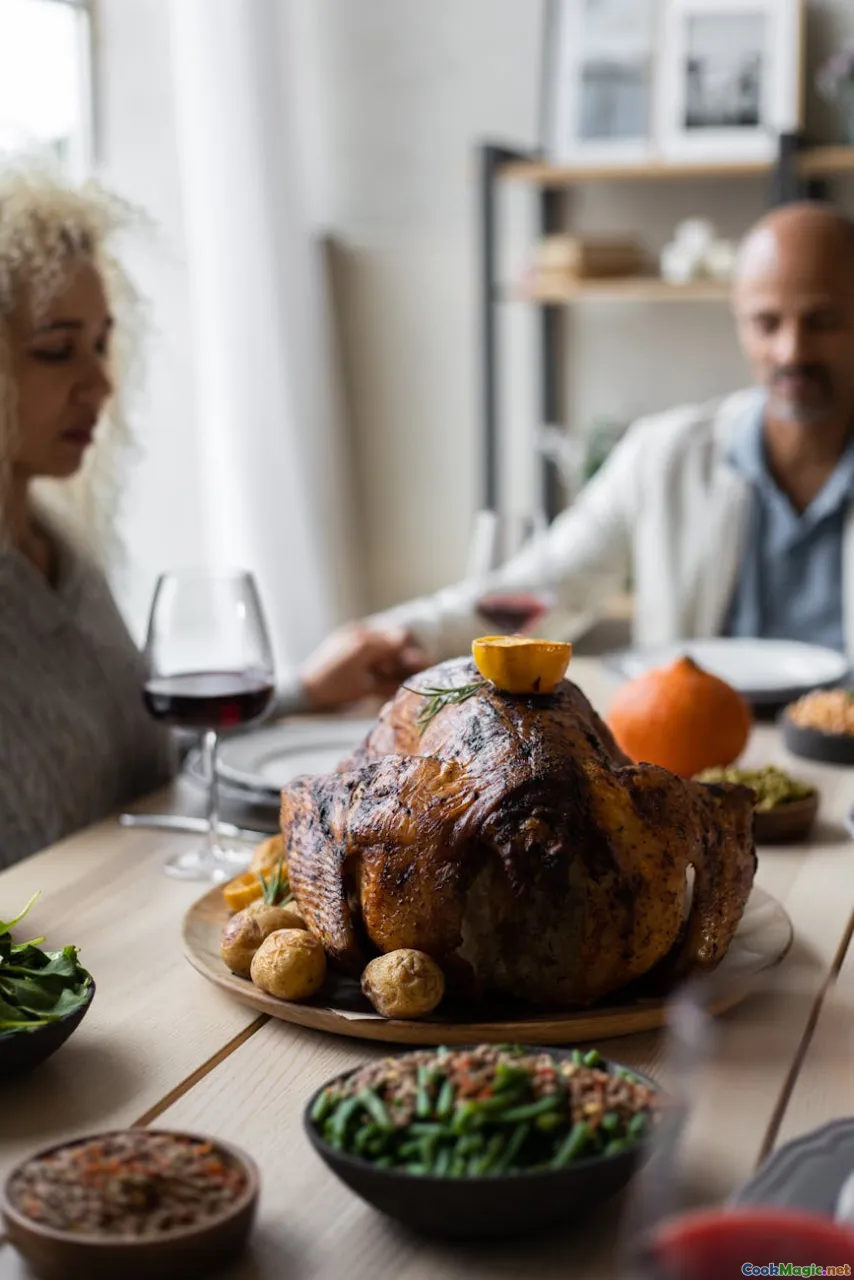
Having traveled through remote PNG villages, I’ve shared meals where steeped herbs and freshly ground spices awaken senses in ways that Western condiments rarely match. One vivid memory involves a communal feast in the Sepik River region, where a simple ceviche—butchered with freshly cracked pepper and infused coconut—all served with a side of crushed teng-teng nuts.
The communal aspect of spice use is fundamental—not just flavoring food but strengthening bonds and announcing respect and hospitality. When elders pass down the secrets of native spices, they often do so around fires, blending stories with aromas.
Spices and Sustainable Living
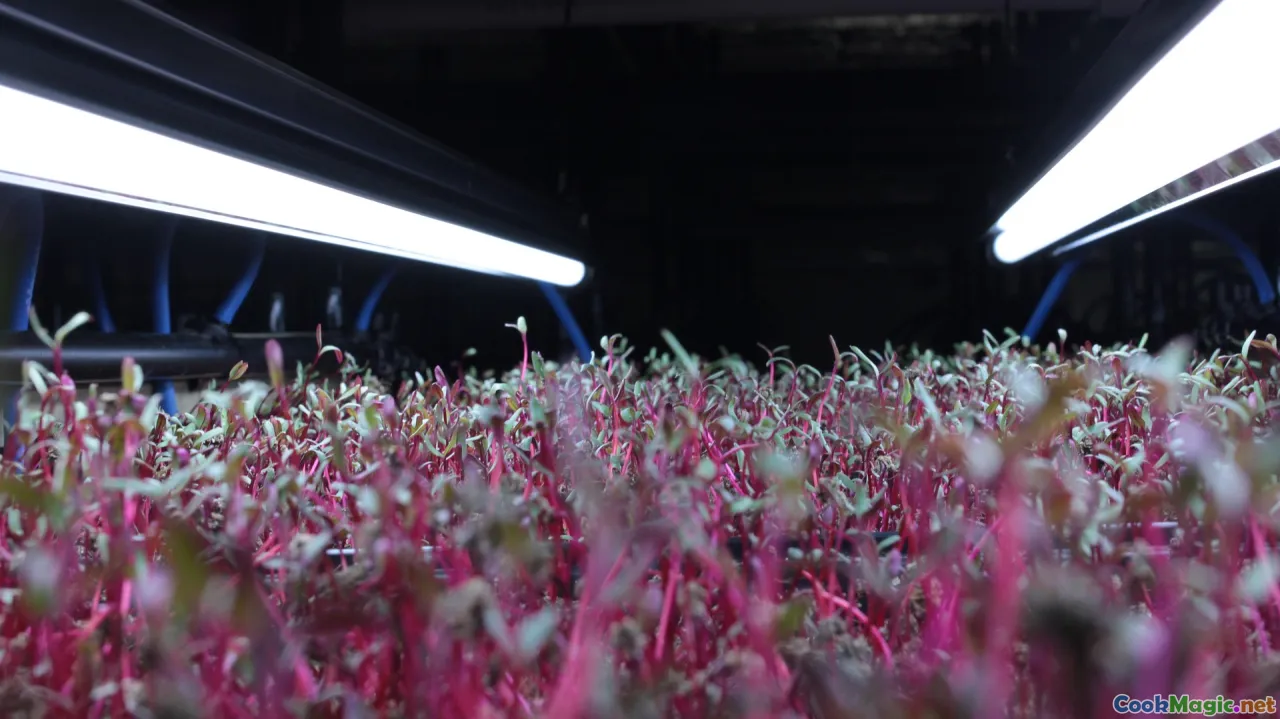
Sustainability is key to PNG’s spice legacy. Roots, seeds, and wild herbs are harvested without chemicals, maintaining ecological balance. Indigenous knowledge dictates sustainable wild-harvesting techniques, ensuring these precious flavors remain for generations.
Organic, small-scale cultivation supports local economies while preserving the authenticity of traditional flavors. Visitors and chefs alike are increasingly interested in respecting and reinvesting in these practices—finding new culinary inspirations in ancient methods.
In conclusion, Papua New Guinea’s vibrant spice heritage offers more than a flavor profile—it's an ongoing narrative of land, culture, community, and resilience. Each spice, from the fiery peppercorns to the aromatic teng-teng nuts, embodies a story waiting to be told at the table. To truly appreciate PNG cuisine, one must savor these spices—the invisible threads weaving history with the present, transforming simple ingredients into profound culinary artistry.









